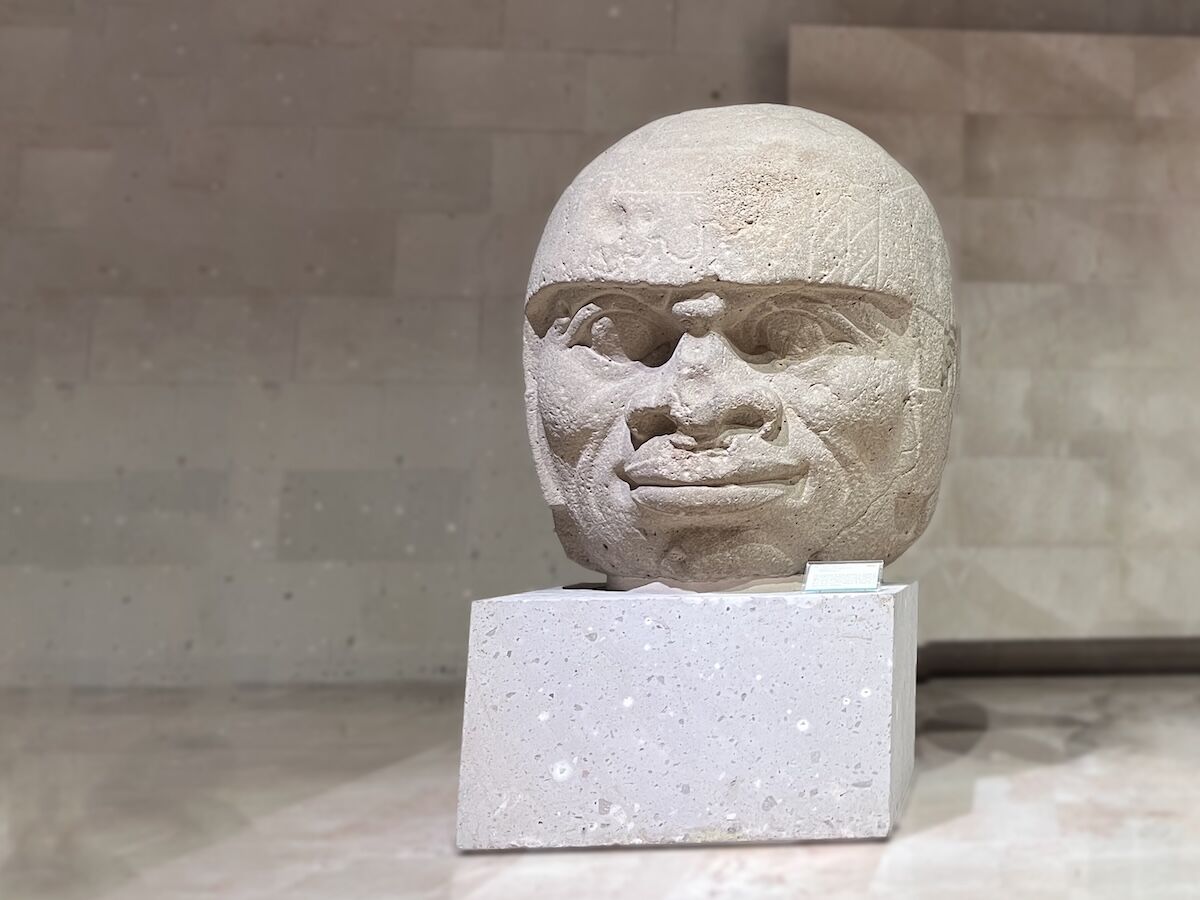3D Tour: Olmec Head, San Lorenzo Monument 9
Olmec Head: San Lorenzo Monument 9
Location: Museo de Antropología de Xalapa, Veracruz, Mexico
Size: 1.65 meters (5.4 ft) high, 1.36 meters (4.5 ft) wide, and 1.17 meters (3.8 ft) deep
Weight: 8 tons
Age: Early Formative Period (1200–900 BCE)
Originally Found: San Lorenzo Tenochtitlán, Veracruz, Mexico
Material: Basalt
San Lorenzo Monument 9 is one of the more intriguing Olmec heads, now sitting in the Museo de Antropología de Xalapa. Carved from basalt and weighing close to 8 tons, it features a faint smile — something you don’t see on most Olmec heads.
Found partially buried near a stream in 1982, Monument 9 leaves behind more questions than answers about the people who created it and what it once meant to them.

A Unique Expression
Unlike most Olmec heads with stern or neutral expressions, Monument 9 has a faint smile, giving it a sense of personality. Some believe this could indicate a revered leader or someone of special status. The subtle details around the mouth and eyes make it one of the most distinctive Olmec sculptures ever discovered.
Mysterious Modifications
One of the most puzzling aspects of San Lorenzo Monument 9 is the series of small, circular pits carved into its face and headdress. Whether these were part of a later ritual, an attempt to deface the sculpture, or something else entirely remains unknown. Whatever the reason, these modifications add another layer to its long and complex history.
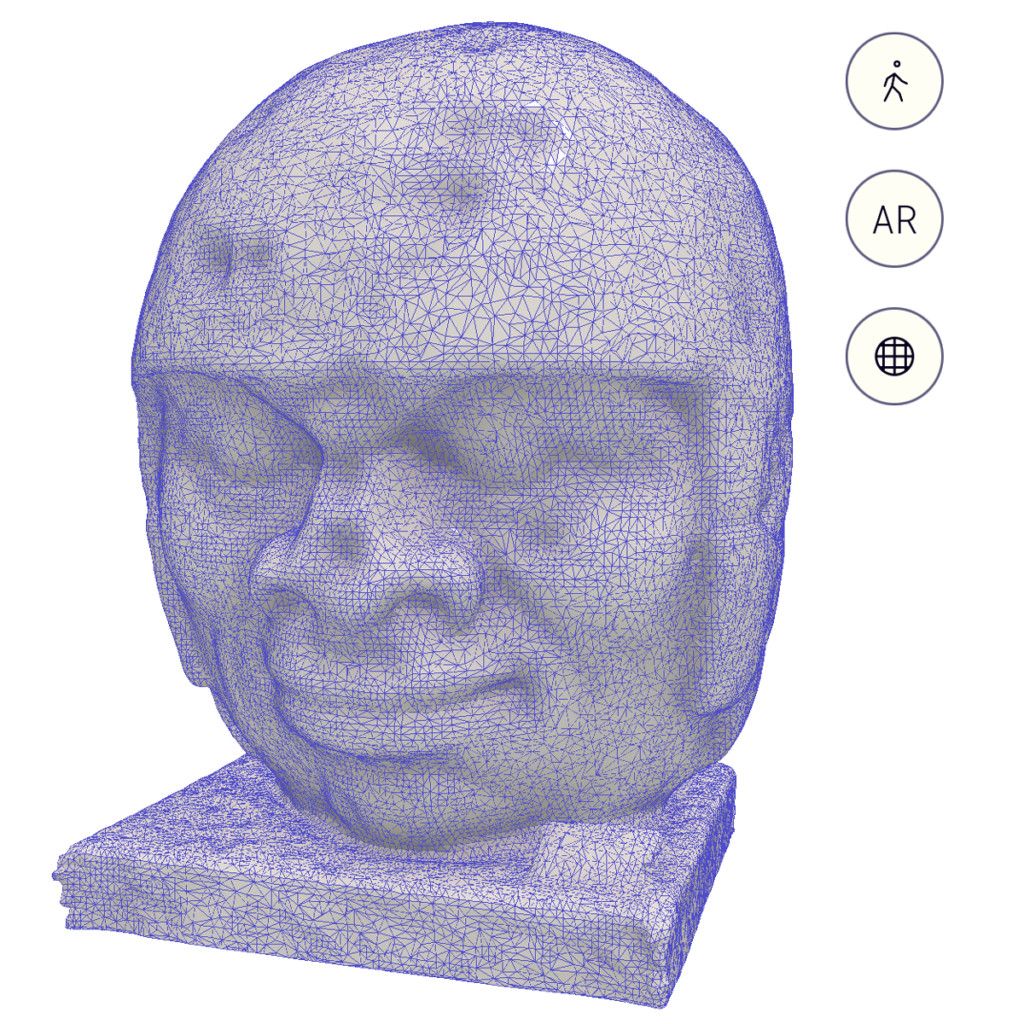

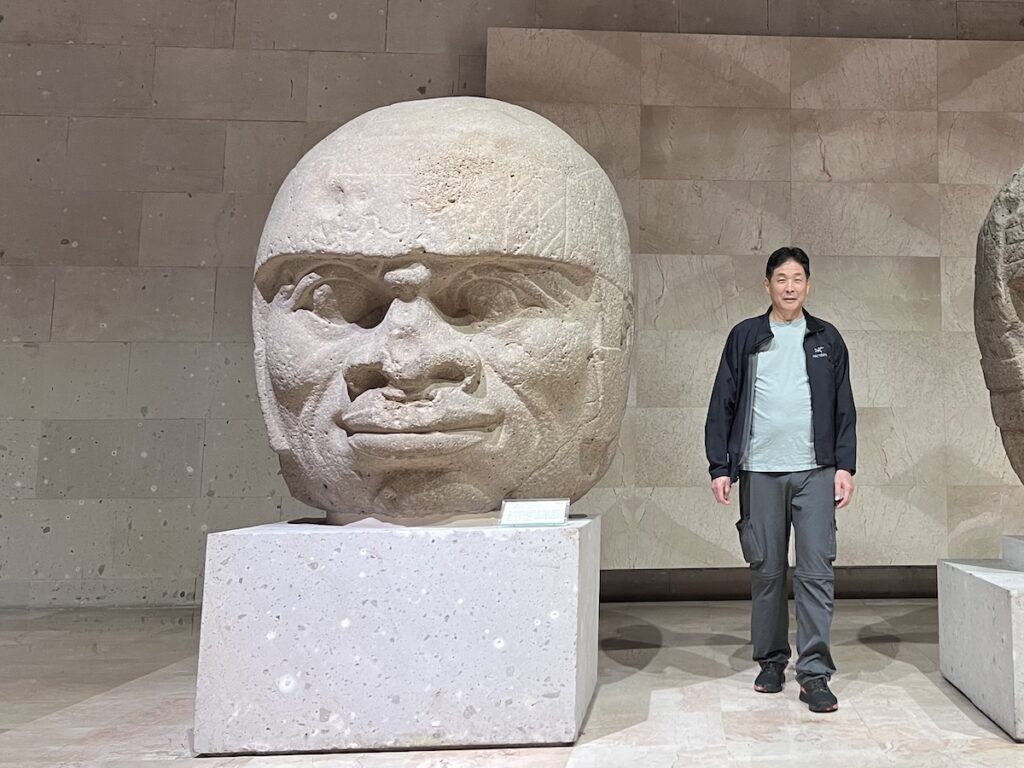
San Lorenzo Monument 9, Olmec Head 3D Scan
Explore the 3D model in detail using this interactive viewer—rotate, zoom, and pan to view from every angle:

From Discovery to Preservation
Monument 9 was unearthed in 1982, half-buried and leaning on its side near a stream in San Lorenzo. After its discovery, archaeologists carefully documented its condition before moving it to the Museo de Antropología de Xalapa, where it remains today. This move helped preserve the head and allowed more people to see it up close.
From the Visitor Sign
Colossal Head No. 9
Origin: San Lorenzo Tenochtitlán, Veracruz
Culture: Olmec
Time Period: 1200-900 B.C.It was discovered accidentally at the bottom of a ravine on the plateau of San Lorenzo, showing a slight smile, a common feature among the colossal heads of San Lorenzo. The nose was carved away as part of an intentional and/or ritual mutilation in the form of boreholes with ax sharpening marks on its front and back.
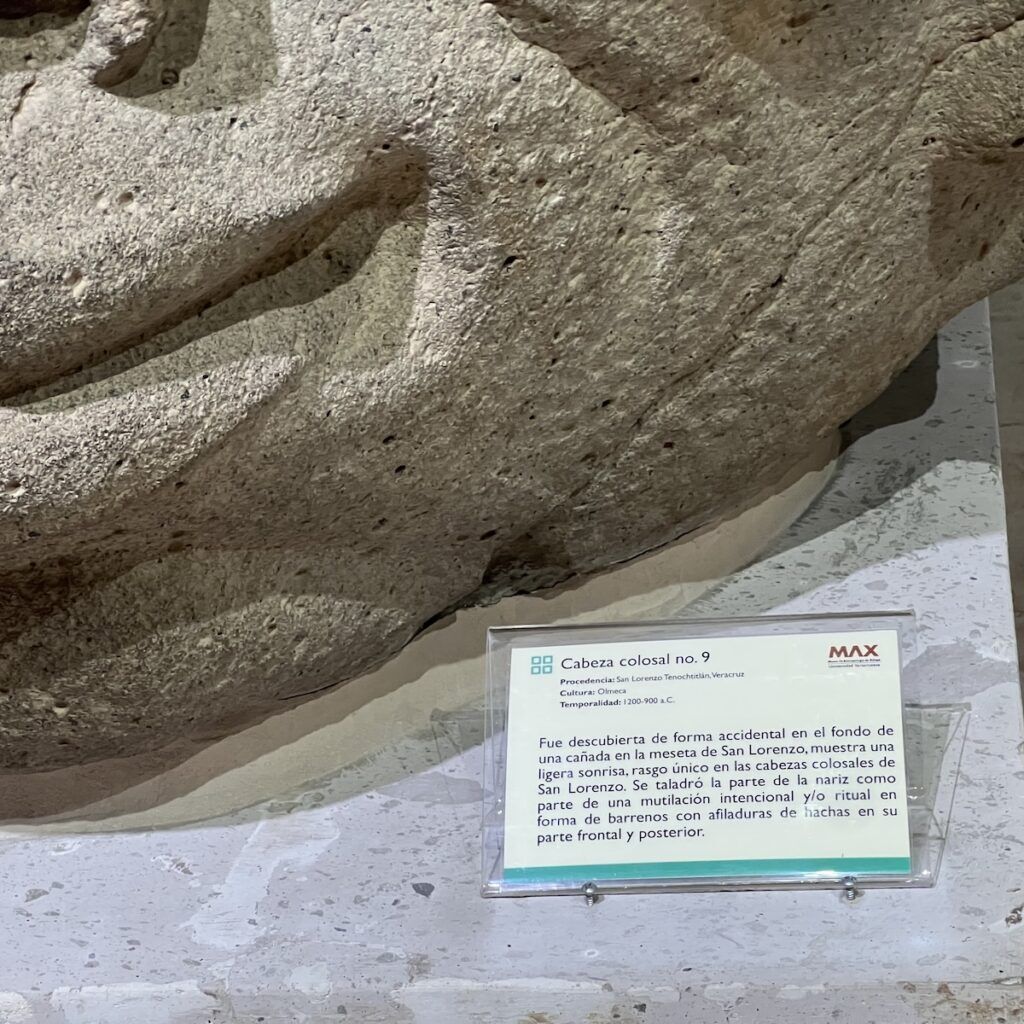
See It for Yourself
Photographs and 3D scans don’t do Olmec San Lorenzo Monument 9 justice — seeing its size, intricate details, and enigmatic expression in person is an entirely different experience. The Museo de Antropología de Xalapa houses one of the best collections of Olmec artifacts, making it a must-visit for anyone interested in ancient history. If you get the chance, stand before Monument 9 and imagine the world it once belonged to.
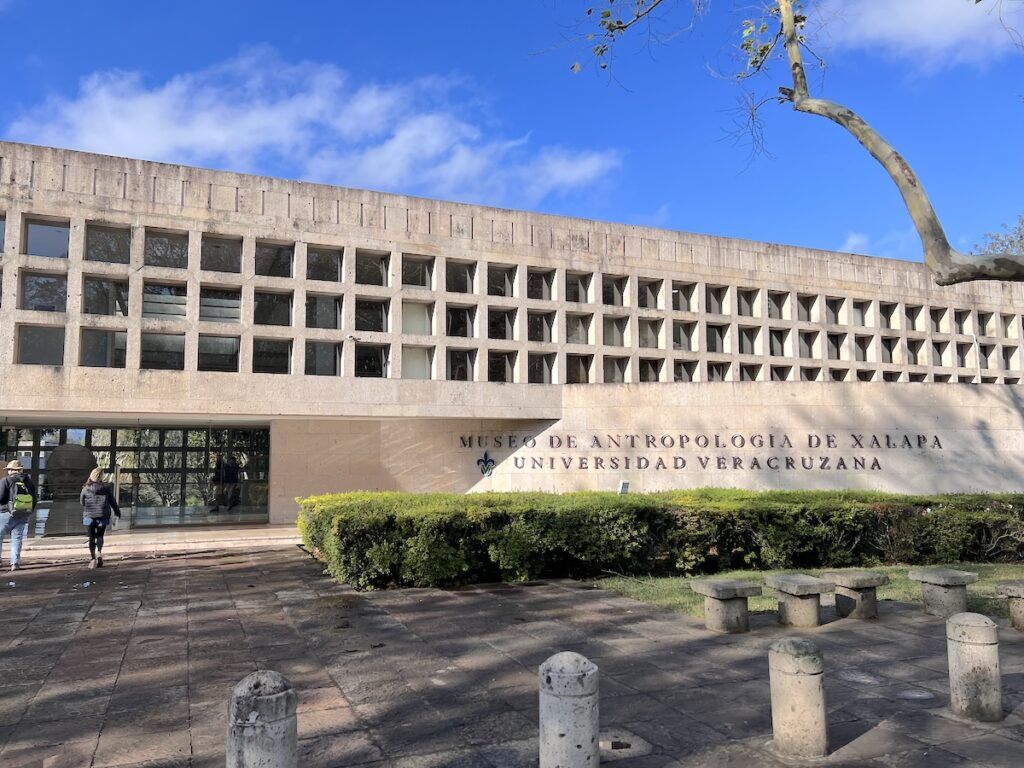

Let us know what you think about this Olmec head. Have you seen it in person or want to see it? Let us know in the comments below.
Otherwise, check out the other Olmec 3D Scans
Part of the MEC Luke Caverns Olmec Tour
